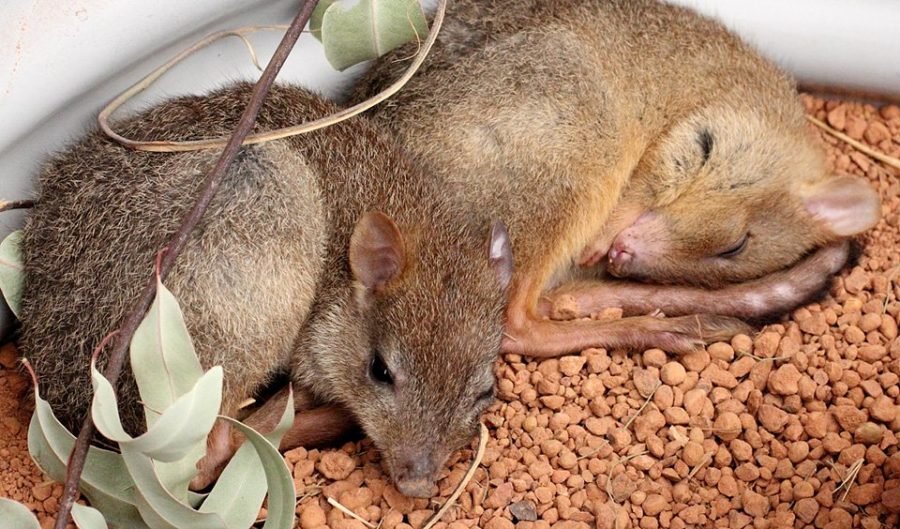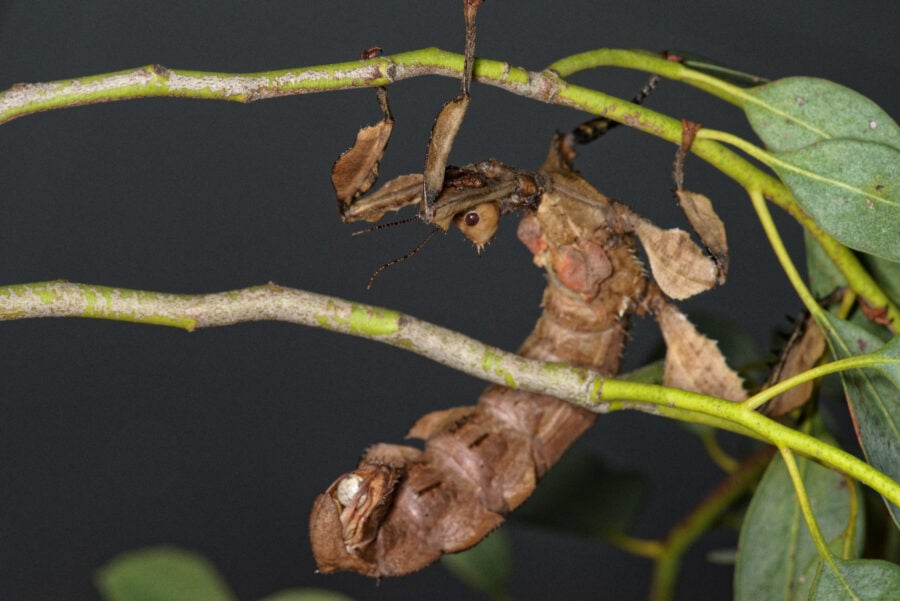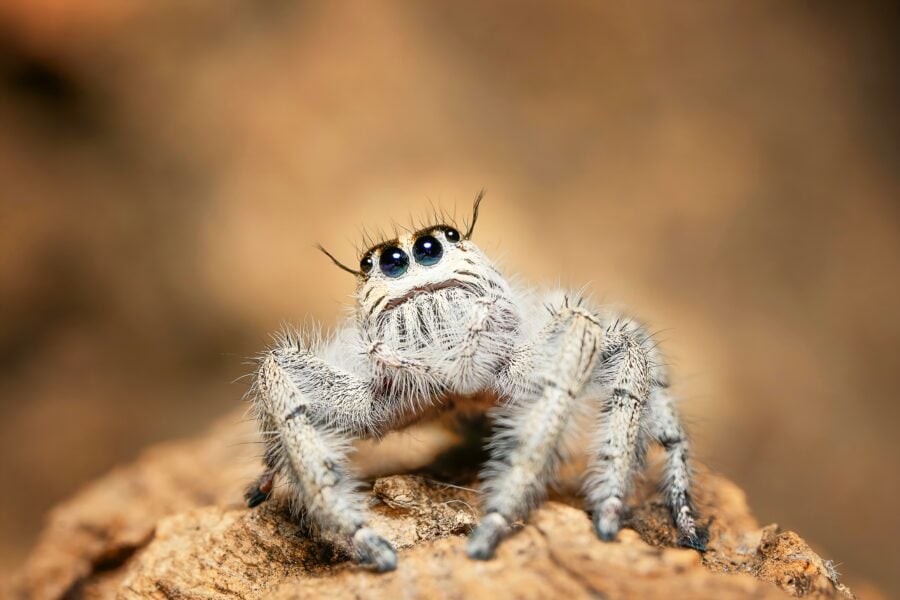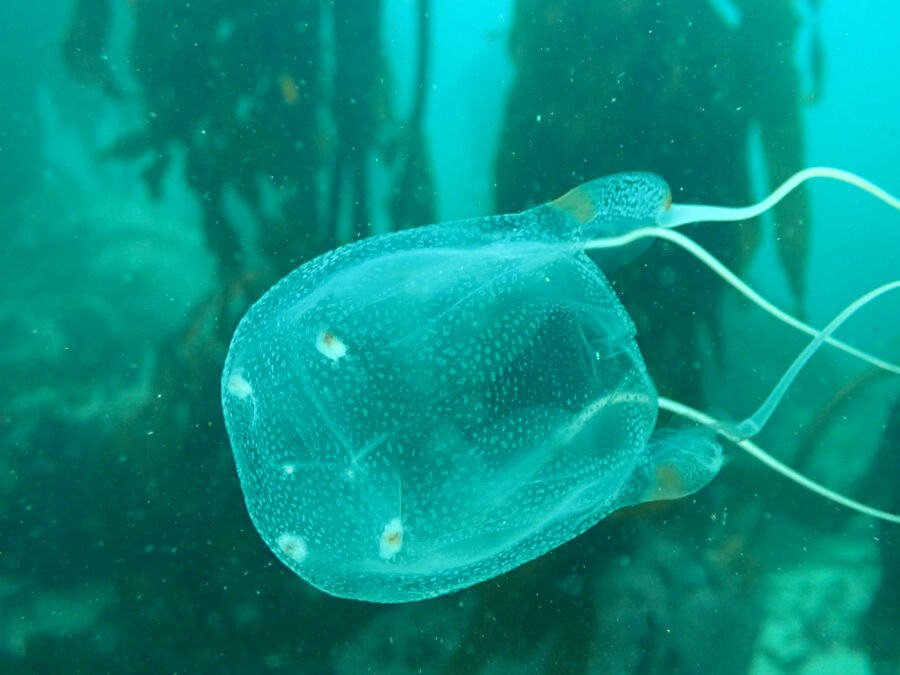Woylies or brush-tailed bettongs a rare sight

Bec Crew
Bec Crew

THESE BEAUTIFUL BABIES are brush-tailed bettong joeys (Bettongia ogilbyi) commonly known as woylies, a name derived from the local Nyungar word for them: walyu.
Endemic to Australia and super-rare, woylies were once spread across 60 percent of the mainland, found commonly in eastern Australia, South Australia, north-west Victoria and central New South Wales during the early to mid-19th century. Soon after the turn of century, things went pear-shaped for these furry little macropods, and the species was reportedly extinct across most of its range by 1920.
By the 1990s, just a handful of woylies were left, and today they now inhabit just 1 per cent of the mainland, persisting in six little pockets of land in Western Australia, two in South Australia, and on three little islands just off the coast. They are currently on the IUCN Red List as Critically Endangered.
Despite a catastrophic population crash in 2001, which saw populations around Australia drop to between 10 and 30 per cent in the following years due to what researchers suspect was a contagious parasite infection, they’re still holding on. But they’re now classified as critically endangered.
Endangered woylies not giving up
While land clearing, grazing animals, introduced foxes, and parasite infections have done terrible things to the Australian woylie population, these little guys are no pushovers. They’re not picky with what they eat or where they live: the current population chooses to inhabit open forests, grasslands, and eucalyptus woodlands, but back when there were a whole lot more of them, they were known to also populate arid scrublands and deserts.
Another thing the embattled woylie has going for it, is that it’s a pretty great breeder, being able to breed all year round from the age of six months and capable of birthing a litter of joeys every 3.5 months.
And – rather adorably – when gathering materials to build their dome-shaped nests, woylies will carry them back to the site curled up in their long, prehensile tails, just like this. Because when you’re working, it’s important to keep your paws free for snacks. With all that shrewdness, no wonder woylies are still kicking around despite all odds.




